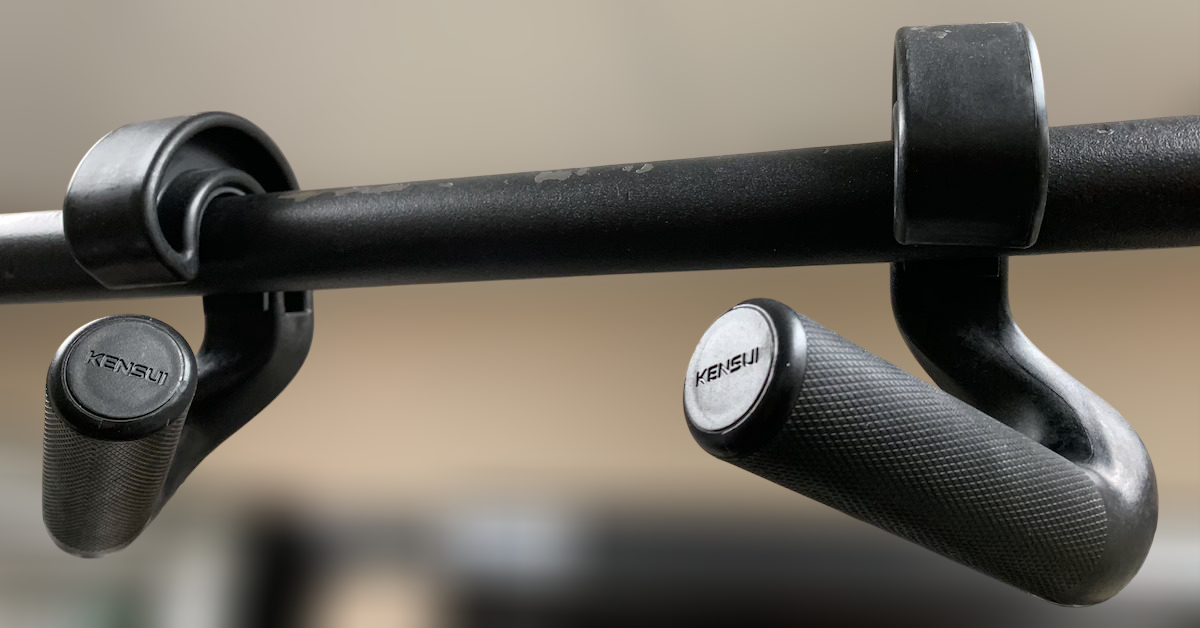When you’re feeling sick, the knee-jerk reaction is often to skip training and rest. But in some cases, exercise can actually be beneficial.
To help decide whether or not you should train when you’re under the weather, use the neck rule:
The Neck Rule
→ If your symptoms are above the neck — like a runny nose, stuffiness, sneezing, sore throat, or headache — it’s usually okay to train.
Just reduce the volume (the number of sets), but maintain the intensity (the weight you planned to lift).
For example, if you were scheduled to squat 315 pounds for 5 sets of 5 reps, drop it down to 2 or 3 sets of 5 with the same 315 pounds. Even one solid set at your planned weight can help maintain strength while you recover.
→ If your symptoms are below the neck — like chest congestion, bronchial infection, fever, intense coughing, vomiting, diarrhea, or full-body aches — skip the workout and focus on rest. Pushing through in this state can make things worse.
(Reference: The Elite Trainer, pg. 41)
A Quick Strength Test
In strength training, progress is the best indicator of recovery.
Here’s a simple test:
→ If your strength increases on your first work set compared to the last workout — continue training, but keep the volume lower.
→ If your strength is down — stop training. Your body needs more rest.
Bottom Line
If you’re sick, ask yourself two questions:
- Are your symptoms above or below the neck?
- Above = Train (with reduced volume)
- Below = Rest
- Is your strength up or down on your first work set?
- Up = Train (maintain intensity, lower volume)
- Down = Rest
Listen to your body — and train smart.

Upgrade Your Pull-Ups with Swissies-SP Handles
Pull-ups are one of the best exercises for building back and arm strength—but not all pull-up bars are created equal.

No Time to Walk After a Meal? Do This Instead!
By now, most people know that getting in daily steps is essential for overall health. In particular, taking a short

Stay Fit on the Fly: No-Excuse Workouts for Travelers
One of the biggest challenges people face when traveling is maintaining their exercise routine. The two most common excuses? Lack
follow
Error: No feed with the ID 2 found.
Please go to the Instagram Feed settings page to create a feed.
